Impress your friends and family with these incredible facts about the Arctic archipelago of Svalbard.
Located on a latitude of between 74° to 82° north, Svalbard is the very definition of remote. Top of so many people's bucket lists, Svalbard is the home of the world's northernmost… well, pretty much anything.
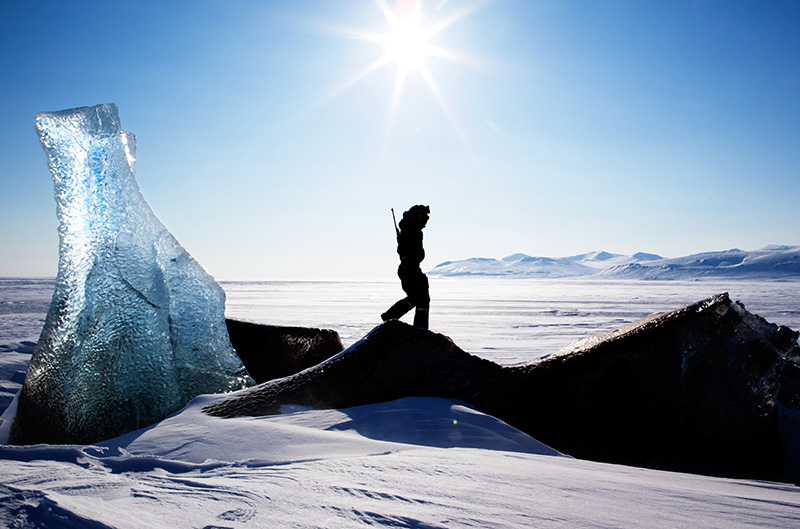
Among many other things, the world's northernmost full service hotel, liquor store, supermarket, cinema, library, and kebab van can all be found here.
The remote Norwegian islands are a tourist draw for adventurers, wildlife lovers and the curious. Whether it's exploring the Russian settlements or taking in the spectacular scenery of the Arctic desert (fact number 6!), there's plenty on offer here.
I've pulled together this list of fascinating facts about Svalbard to help you understand more about this remarkable place. Enjoy!
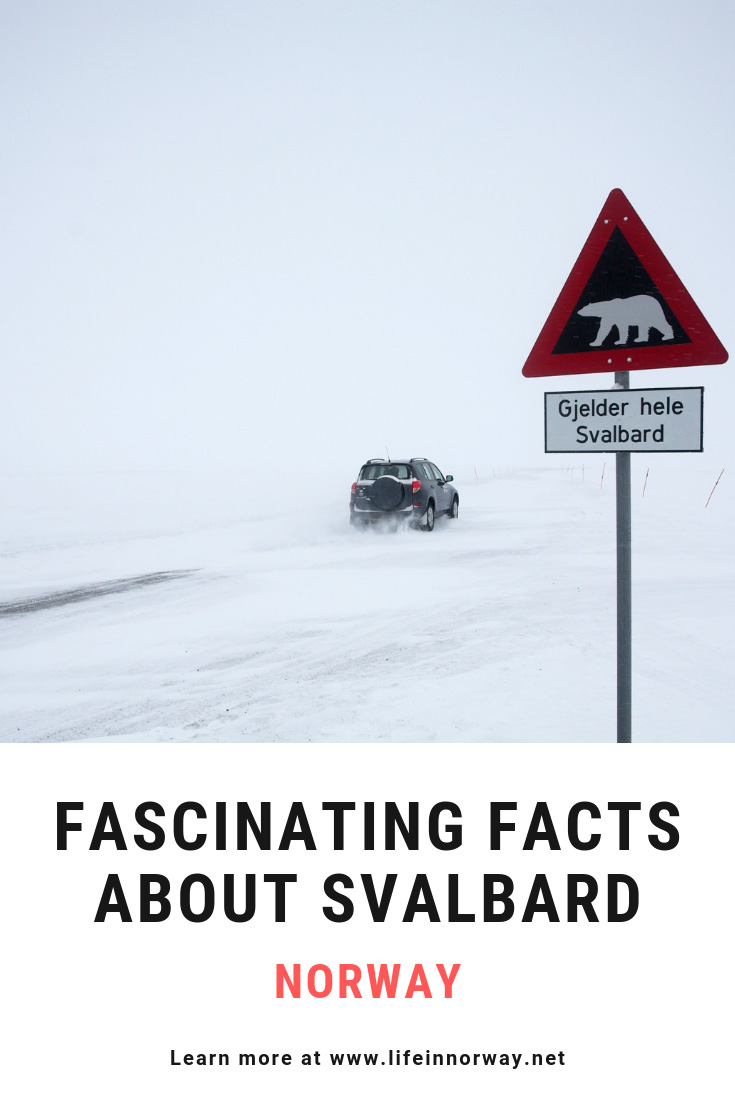
Top Svalbard facts
1. Even Norwegians need to show their passport when travelling to Svalbard. That's because while Norway is part of the European Schengen area, the archipelago is not. Flights to Longyearbyen airport leave from the non-Schengen zone of Oslo Airport, and everyone is required to show their passport regardless of nationality.
2. You must carry a gun outside the settlements. In a 2012 law the Governor of Svalbard requires anyone travelling outside the settlements to have the means to scare off a polar bear. This means carrying a firearm is mandatory, and items like flare guns are also highly recommended.
It is prohibited to use a weapon within the settlements though. Several of the shops, restaurants and other public buildings have ‘no firearms permitted' signs on the main doors.
3. Polar bears live alongside people. The population changes seasonally but there tends to be around 2,500 people living in Svalbard. Nearly everyone lives in the capital, Longyearbyen.
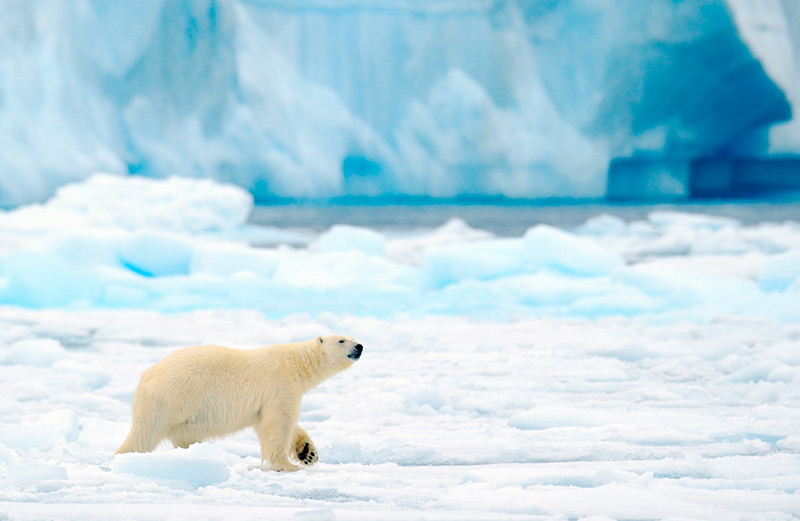
But the real natives of these islands are the polar bears. Numbers have actually increased of late and are said to number around 3,000. However, this population calls a wide area its home, only part of which is Svalbard.
The bears tend to stay clear of the settlements. However, bears do sometimes approach buildings due to desperate hunger.
4. Seven of Norway's 47 national parks are on Svalbard. Norway's national parks are created to ensure the preservation of nature for future generations. They are scattered all over Norway, with 85 percent of them being mountainous.
Sixty percent of Svalbard's land is protected. The seven national parks are: Forlandet, Indre Wijdefjorden, Nordenskiöld Land, Nordre Isfjorden, Nordvest-Spitsbergen, Sassen-Bünsow Land, and Sør-Spitsbergen.
The mountains, glaciers and islands of Nordvest-Spitsbergen National Park on Spitsbergen are home to historical monuments including former whaling stations and burial grounds.
5. Svalbard is classified as a desert. Because of its rock and ice, cold temperatures and low humidity, Svalbard falls into the northern part of our planet known as ‘Arctic desert'. The area receives minimal precipitation, and the air is almost as dry as it would be in a ‘hot' desert.
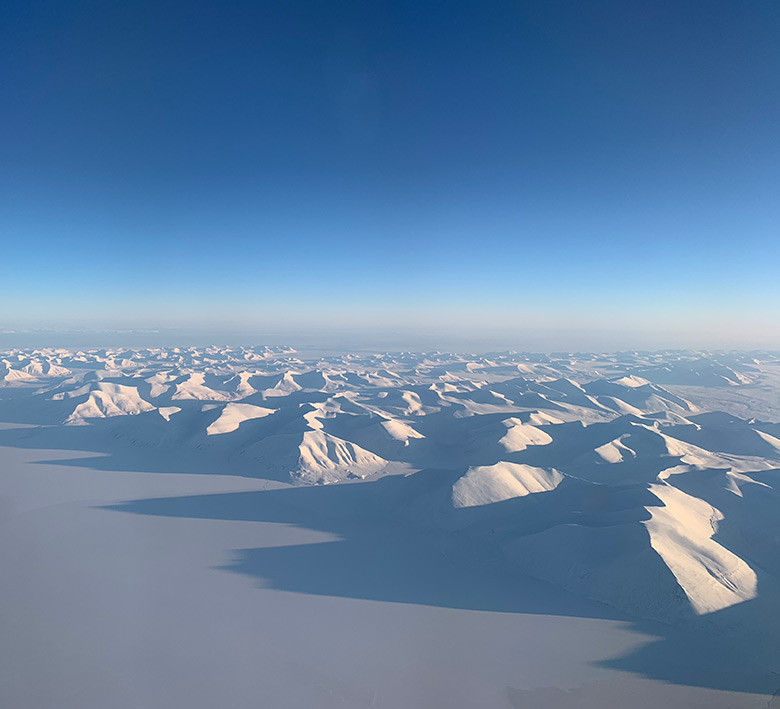
However, average temperatures on Svalbard have increased rapidly over the last few years and the climate is becoming wetter as a result. Earlier this year, Svalbard recorded its 100th consecutive month of above average temperatures.
6. Less than 10% of the landmass has any vegetation. Much of the islands are covered with rock and ice, making it nearly impossible for vegetation to grow. See the photo just above to appreciate what this looks like! However, nearly impossible is not the same as impossible. The flora of Svalbard is surprisingly diverse, albeit in small areas.
The strong and warm North Atlantic current reaches all the way to Svalbard creating a surprisingly favourable climate along the west coast and the less oceanic interior parts of Spitsbergen, the latitude taken into account. The climatic gradients and a variety of different bedrocks create a large diversity of habitats, something that is reflected in Svalbards intriguing flora – Flora of Svalbard
7. You can see the northern lights during the day. It's well-known that to see the northern lights you need darkness, which means travelling to the north of Norway in the winter. But Svalbard is so far north that the sun doesn't rise for four months during the winter.
For almost three of those months, it's completely dark all day, making it possible to see the aurora borealis at any time of day. In October and February you can enjoy the stunning blue Arctic light during the daytime, and hunt the northern lights at night.
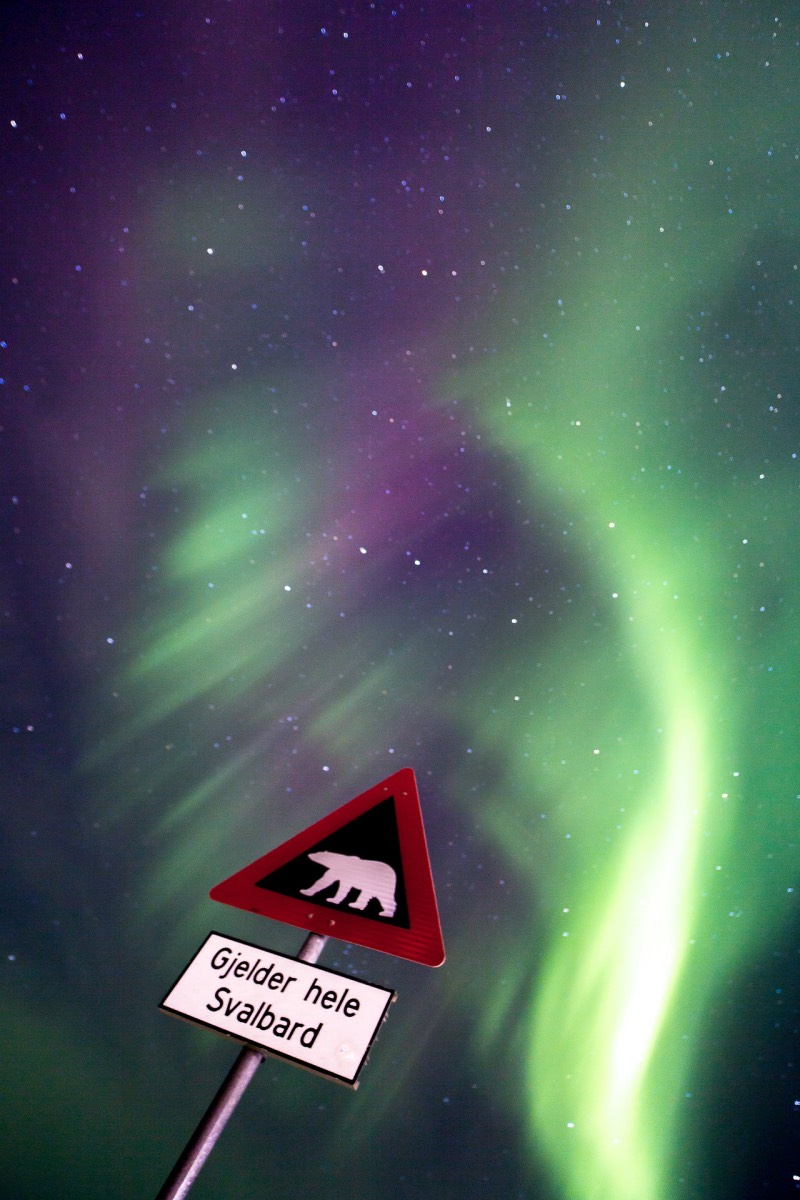
8. You are not allowed to die on Svalbard. Because of the permafrost on Svalbard, burial isn't possible as bodies simply won't decompose. However, there is a small cemetery, but it stopped accepting ‘newcomers' in the 1950s. One of the reasons was the fear that the preserved bodies may still contain traces of a flu virus that killed seven miners decades before.
9. You cannot give birth on Svalbard. There's no such thing as the circle of life this far north. Just as you can't die, you can't be born on Svalbard either. When a pregnant women has a few weeks remaining before her due date, she must travel to the mainland to give birth.
However, there are plenty of children living in Longyearbyen! The town's main settlement is home to a kindergarten, a school and a youth club.
Top Longyearbyen facts
10. Anyone can live on Svalbard. Effective since 1925, the Svalbard Treaty that defines Norway's sovereignty over the archipelago has some very interesting conditions. The most curious is that the islands are an entirely visa-free zone. This gives citizens of all treaty signatories the right to live there.
This goes a long to explaining the very diverse nature of the people living in Longyearbyen. However, this right doesn't give a ‘back door' into Norway's immigration system. Years of living on Svalbard do not count towards the time required to apply for a permanent residence permit, for example.
11. Svalbard could save humanity as we know it. Opened in 2008, the Global Seed Vault is built into the bedrock above Longyearbyen Airport. Almost one million seed samples from all over the world are stored here, with a total capacity for up to four times that.
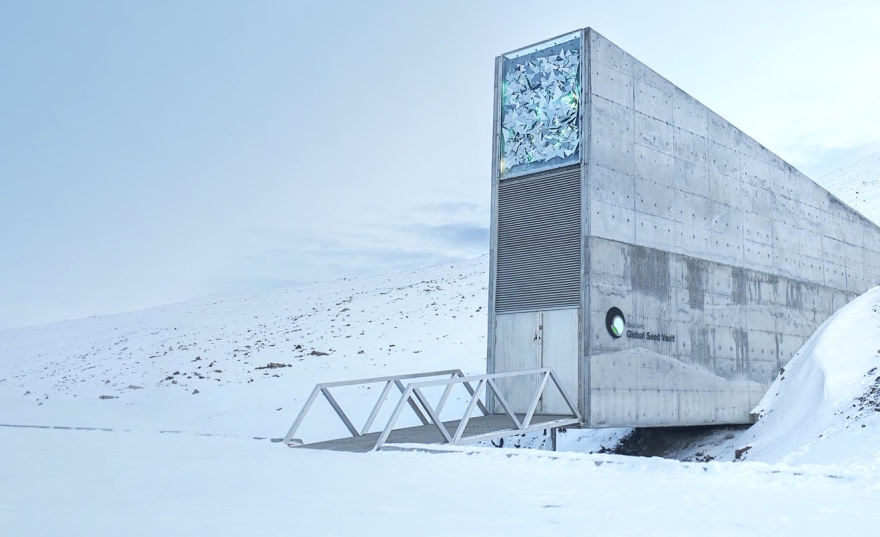
It's commonly believed that the vault's purpose is to help humanity reboot in the event of a major global disaster. While that's true, the vault has already proved its worth. In 2015, the Vault returned some seeds to Syrian scientists working to preserve and duplicate their seeds in the face of conflict.
Syrian scientists have re-established the International Center for Agricultural Research in the Dry Areas in a decentralized model, with staff in eight surrounding countries and a temporary headquarters in Beirut. This week the organization asked for some of their seeds back from the doomsday vault as a precautionary measure to duplicate the material. Those seeds are needed by plant researchers who are working on the next crops to be planted in the Middle East and beyond, in order to try to stay a step ahead of pests and drought and increase yields to feed a growing population – National Geographic
12. You take your shoes off when entering buildings. This tradition dates back to the time when the only people who lived in Longyearbyen were miners. To prevent the black dust from covering the interior of buildings, it became commonplace to remove outdoor shoes at the door.
This tradition continues today, and many museums and hotels still ask you to remove outdoor footwear. There is usually a shoe rack or even a whole room for this purpose, and many establishments provide slippers to use while you're inside.
13. Svalbard's first airport was built in World War II. In fact, the airstrip at Adventdalen was built by the Luftwaffe. It remained in use sporadically until the construction of a new airport in the 1970s.
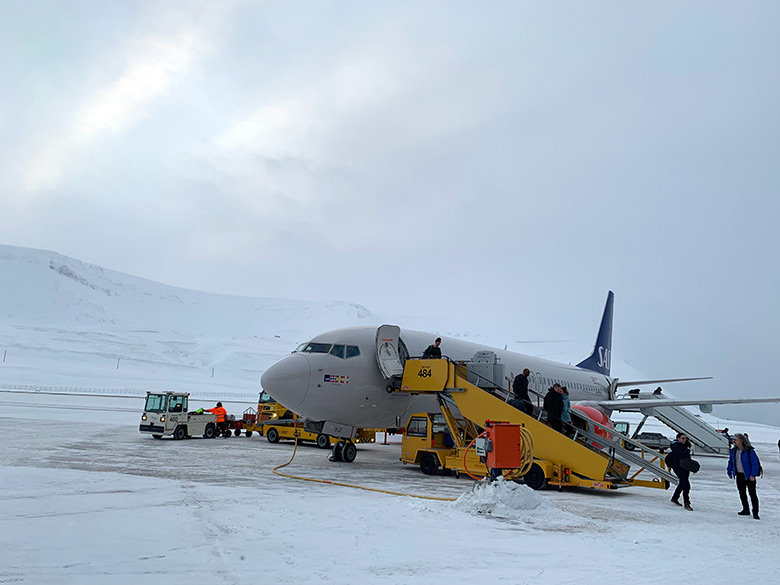
14. Longyearbyen Airport is built on permafrost. The 2,483-metre-long runway is insulated against the ground, so it will not melt during the summer. The hangar is also frozen into the ground.
15. Cats are forbidden. Residents of Longyearbyen are not permitted to bring any cats with them to the island. The harsh law is necessary and strictly enforced to protect the local fauna and safeguard the local birdlife.
16. Longyearbyen is an Arctic science hub. The town's Svalbard Science Centre hosts the Norwegian Polar Institute, EISCAT radar, and Svalbard Science Forum. It is also home to a few hundred students taking semester courses in biology, physics and geology.
Do you have any other Svalbard facts? Feel free to share them in the comments below!


Nice and rare information. I am sharing these facts with my friends in our language ( Tamil- தமிழ்) through face book.
Tara Henrikson, the vocalist behind Alexander Popov’s song “When The Sun” was born on Svalbard in Longyearbyen, giving her a few titles: One of only a few people born in Longyearbyen, and the most northerly born singer in existence
this helped me with my work thx
There are not more Polar Bears than people in Svalbard. This is a common misunderstanding.
Yes there are. There are over 3000 polar bears in Svalbard and 2642 people living there which clearly means that there are more polar bears.
It is a misconception. There are over 3000 polar bears in the whole Barents Sea area, not on Svalbard itself. On Svalbard there lives a local population of 270 bears.
As the article says: “However, this population calls a wide area its home, only part of which is Svalbard.”
I came to this site by reading The Midnight Library, and going to Google Earth for a view, but for some unknown reason, Svalbard has been on my mind lately. How different from the ordinary experience it must be to live there. Thanks for this information. Perhaps some day I can visit.
There is also the world arctic archive situated in Svalbard. Github stores its data here.
https://arcticworldarchive.org/
https://archiveprogram.github.com/
I just recently discovered that I have a strong genetic ancestral connection to Svalbard. Interestingly, I have also always been interested in saving genetically pure seeds. Most of my freezer space is taken up by seed storage; so, imagine my surprise to discover that one very important facility on the island is dedicated to that of seed saving. Quite the coincidence!
Just taking stroll around the arctic map and came upon Svalbard. I have never heard of this place before so zoomed in …and wow, a history !
Thank you for opening my mind a bit more.
same! 🙂
The book “Great Circle” by Maggie Shipstead mentions Svalbard. I hadn’t heard of it before. Thanks for the info!
thanks this helped me with my school work
Is it possible to ride a motorcycle from Norway?
It’s an island. Ride on, wave rider, ride on.
Have you actually looked at a map to see just where in the world Svalbard is located?
It’d be a mean feat sailing a boat to there, never mind riding a motorbike…
Thanks much for all of the interesting facts about Svalbard. I am scheduled to go there in June of 2022 aboard a cruise ship. This is a true “bucket list” trip. I went to Antarctica earlier this year and just loved it. I have definitely developed a “passion for for the poles”.
My family’s legendary history includes Danish ancestors traveling to Spitzbergen in the summer, supposedly to because Denmark was too hot!